As the spiritual home of British motorsport, Silverstone holds a special place in the hearts of not only UK-based racing fans, but also those from around the globe.
Many regard it as a revered track, and for good reason, as many an iconic event has been held at the Northamptonshire race circuit, but none more prestigious than the British Grand Prix.
However, the race was not always held where we know and love today.
Early days
Silverstone was perhaps unsurprisingly not the first venue for the British Grand Prix, with that accolade held by legendary pre-WWI track Brooklands.
Built in 1907, Brooklands was a concrete oval track which still exists to some degree today and was the first purpose-built motor racing venue. Sir Henry Segrave, land and water speed record holder, was the man who first established Grand Prix racing in Britain, with Brooklands the circuit of choice to host it.
A French team comprising of Louis Wagner and Robert Senechal won the inaugural British GP in 1926 with only a further two cars finishing the race. Brooklands held the event once more in 1927; however, following extensive damage to the track during WWII, another venue was required to replace the ailing track.
Moving in at Silverstone and Formula One
With Brooklands abandoned, new tracks were being built on former airfields used in the war and one of these was to be sought after to host the British Grand Prix. This is where Silverstone stepped in.
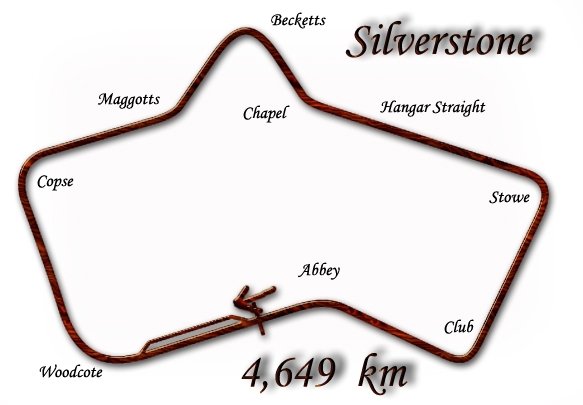
The first race at the Northamptonshire track was held in October 1948 and won by Italian racer Luigi Villoresi in a Maserati.
Just two years later saw the introduction of the Formula One World Championship and Silverstone was given the highest privilege of hosting the first ever Formula One race, with six other races around Europe to follow. King George VI was an attendee at the race which saw legendary driver Giuseppe “Nino” Farina take the chequered flag in his Alfa Romeo.
Sharing with Aintree
Five years into the Championship’s life Silverstone began to share British Grand Prix hosting with Aintree Race Course in Liverpool. The first race saw two goliaths of the sport battle it out for victory, with Mercedes teammates Juan Manuel Fangio and Stirling Moss both favourites for the win.
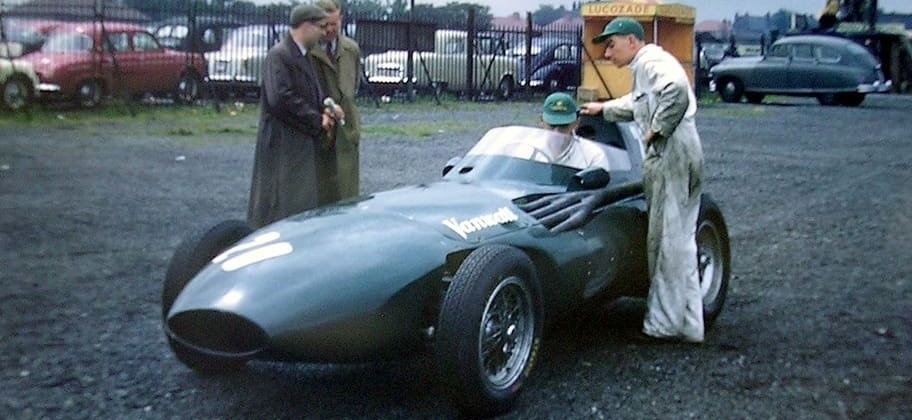
An exhilarating race had the duo fighting throughout the GP for first place, with constant tension between the two. On the last corner of the final lap, Fangio looked as he would pass Moss for victory; however, the Brit held his speed all the way to the flag and took his maiden Formula One win on home soil.
Further British Grand Prix at both Silverstone and Aintree had many iconic drivers taste victory, with the likes of Jack Brabham, Jim Clark and eventually Fangio achieving the top step on the podium.
Going south to Brands
Aintree was decommissioned as a motor racing circuit in 1964 and a replacement was sought after to keep the interchanging element with Silverstone. As a result, Formula One had its first race in the south of England at the now-famous Brands Hatch track.
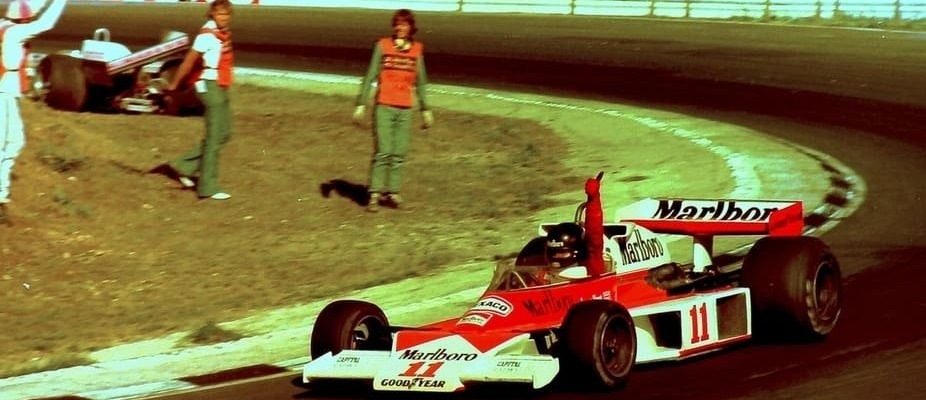
Brands was popular with drivers thanks to its banked corners and elevation changes that posed an enjoyable challenge to those behind the wheel of a car. This era saw the likes of legends such as Jackie Stewart, James Hunt and Niki Lauda taste success in the British Grand Prix. It also witnessed the emergence of the ‘Turbo era’ in Formula One.
The demise of Brands and Silverstone expands
With the Formula One governing body of the time, FISA, looking to button down long-term contracts with individual tracks for Grand Prix races, Brands Hatch or Silverstone had to go. As a result of its limitations for expansion and safety concerns, Brands was deemed the poorer facility and Silverstone won a seven-year contract with Formula One to start in 1987.
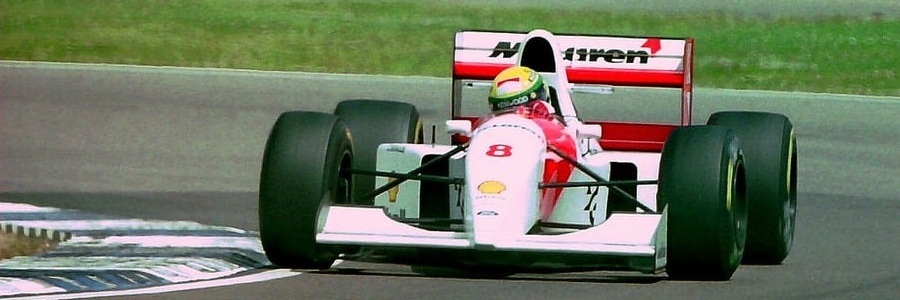
To justify this new tenure on the F1 calendar, Silverstone went through various changes to give it a new layout and its first major alterations since it was established as a racing circuit.
Despite these changes, Silverstone remained a fast circuit and the 1980s gave us some of the best racing on British ground. Nigel Mansell broke the lap record 11 times in ’87 whilst also duelling with fierce rival Nelson Pique on his way to victory. Mansell won again in 1991 and gave us one of the most iconic sights of the sport’s history after giving Ayrton Senna a lift to the pits following the Brazilian’s car breaking down.

Modern day and a near deal with Donington
The 1990s and 2000s witnessed the growing desire to win the event as a Brit. Only a handful of British-born drivers had won the GP including five-time winner Jim Clark and Stirling Moss. Modern Formula One saw this number increase as the likes of Mansell, David Coulthard, Damon Hill and Lewis Hamilton all take the flag at least once.
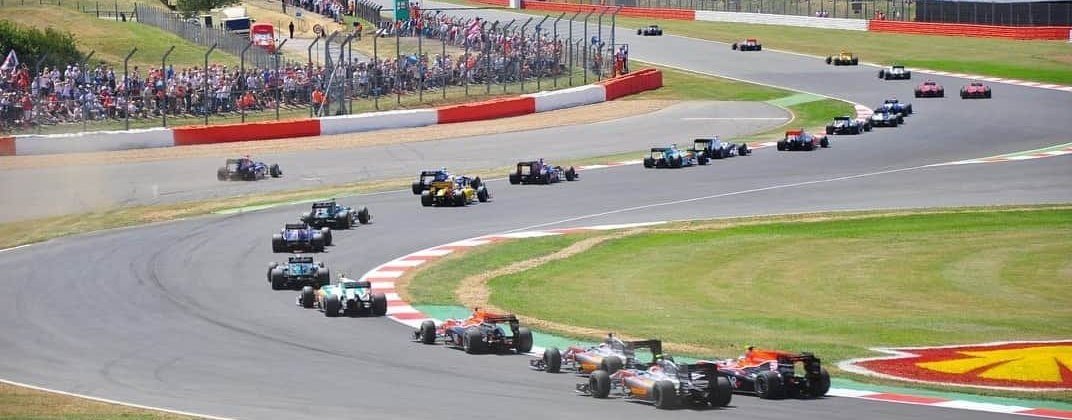
Of course, racers from other countries also thrived at the British Grand Prix; however, the event wasn’t too kind in 1999 to seven-time World Champion Michael Schumacher who crashed heavily at Stowe corner, breaking his leg in the process.
Silverstone’s future was a clouded one in 2004, with the race itself left out of the preliminary 2005 calendar as the British Racing Drivers’ Club (BRDC) refused to pay the race fee demanded by Bernie Ecclestone. Following months of negotiation, a deal was made to extend Silverstone as the home of the British Grand Prix till 2009.
These days, Silverstone is a fully-modernised circuit and remains one of the most hotly anticipated races of the season. In 2011, a completely new pit complex was built which saw the start/finish moved between Club and Abby and another layout introduced.
Silverstone hosted the British Grand Prix for the 50th time in 2014 and this year celebrates 70 years of racing at the circuit.
However, its future is in doubt after giving its notice following spiralling costs and is set to have a break in its contract after 2019. There is hope, though, with Silverstone looking to renegotiate its deal between 2019 and 2020 that will help halt the potential rest period.


















